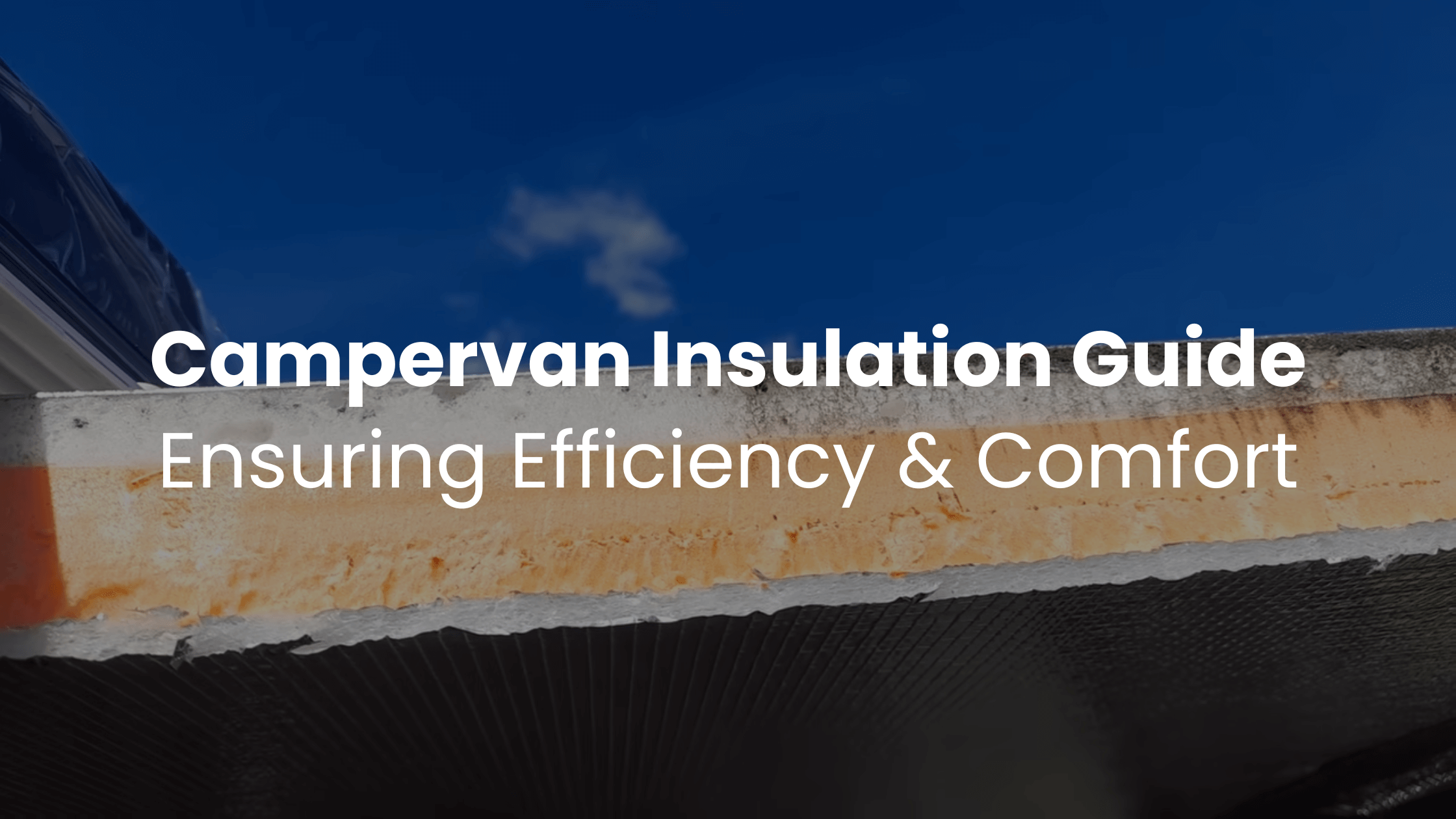Converting your van into a mobile home, one of the most critical considerations is insulation. Whether you're chasing sunsets on sandy shores or traversing snow-capped mountains, proper insulation ensures that your campervan remains a comfortable and inviting haven in any environment.
In this comprehensive guide, we'll explore the ins and outs of campervan insulation, from understanding the importance of insulation to choosing the right materials and techniques for your conversion project.
Understanding the Importance of Insulation
Effective insulation is the cornerstone of a comfortable and livable campervan interior. Not only does it regulate temperatures, but it also plays a crucial role in minimizing noise pollution and managing moisture levels.
By creating a well-insulated environment, you can enjoy a peaceful retreat that shields you from the elements and provides a cozy sanctuary wherever your travels take you.
Choosing the Right Insulation Materials
When it comes to campervan insulation, there's no shortage of options available. Each material boasts its unique set of properties, applications, and considerations. Here's a closer look at some popular insulation materials:
Closed-Cell Foam: Renowned for its excellent thermal insulation properties, closed-cell foam is a popular choice among campervan enthusiasts. While it offers superior insulation, applying closed-cell foam manually can be labor-intensive and time-consuming. For a more efficient solution, consider professional spray foam insulation services.Armaflex: With its ease of application and effective thermal performance, Armaflex is a versatile insulation material favored by many DIYers and professionals alike. Although it comes at a higher price point, its self-sealing properties and flexibility make it a compelling option for campervan conversions.
XPS Boards: Offering a balance of affordability and efficiency, extruded polystyrene (XPS) boards are ideal for insulating flat surfaces like floors and ceilings. Their inherent stability prevents sagging, making them a reliable choice for long-term insulation solutions.
Polyurethane Foam: Known for its versatility and adaptability, polyurethane foam is excellent for filling gaps and irregular spaces in your campervan's structure. While it offers comprehensive insulation coverage, working with polyurethane foam requires precision and attention to detail during the application process.
Mineral Wool: Boasting robust thermal and acoustic insulation properties, mineral wool is a reliable choice for enhancing comfort and safety in your campervan. Its fire-resistant attributes make it particularly well-suited for campervan conversions where safety is paramount.
Considerations for Effective Insulation

Here are some essential considerations to keep in mind:
Moisture Management: Preventing moisture buildup is essential for preserving the integrity of your campervan's interior and preventing mold and mildew growth. Choose insulation materials that repel moisture and employ proper ventilation techniques to mitigate condensation.
Soundproofing: In addition to thermal insulation, soundproofing is crucial for creating a peaceful and comfortable living space in your campervan. Butyl mats are essential for reducing noise and vibrations, ensuring a quieter and more enjoyable travel experience.
Installation Techniques: Proper installation is key to maximizing the effectiveness of your insulation efforts. Take the time to seal seams and edges meticulously to prevent air leakage and ensure consistent thermal performance throughout your campervan.
Environmental Considerations: Tailor your insulation approach based on your campervan's intended usage and the climate conditions you're likely to encounter. Consider factors such as temperature regulation, moisture protection, and noise reduction when selecting insulation materials and techniques.
Conclusion
In your quest to transform your van into a home on wheels, insulation serves as the foundation for comfort, safety, and functionality. By choosing the right materials, employing effective installation techniques, and considering environmental factors, you can create a personalized sanctuary that reflects your unique style and preferences.
Whether you're embarking on a weekend getaway or a cross-country road trip, your well-insulated campervan will be ready to provide endless adventures and unforgettable memories for years to come. Here's to embracing the vanlife journey and crafting the campervan retreat of your dreams!
[ Read More ]


